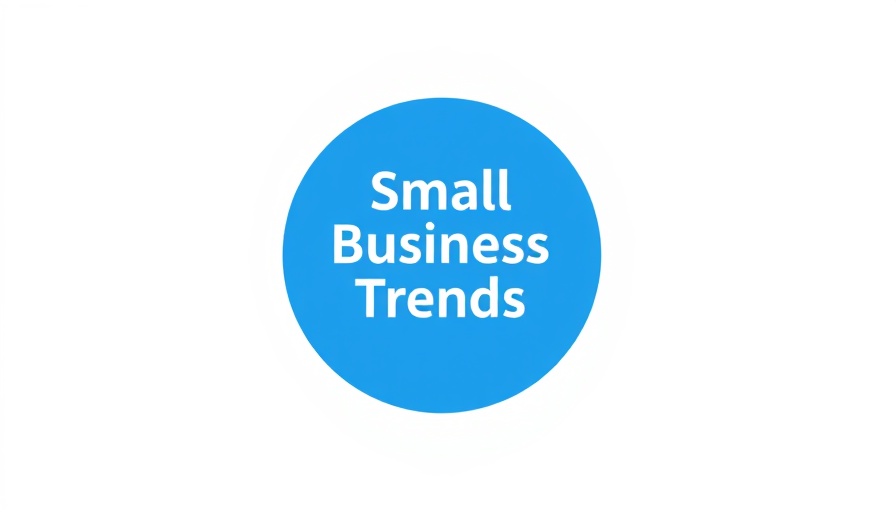
Why Businesses Should Consider Virtual Assistants for Enhanced Productivity
In today’s fast-paced business environment, staying competitive means not just working harder, but also working smarter. One efficient way to achieve this is by hiring a virtual assistant (VA). Whether you're a small business owner or a corporate professional, the potential to maximize productivity by freeing up time for strategic planning and growth is invaluable.
Unlocking Increased Productivity with Virtual Assistants
The crux of hiring a virtual assistant lies in the significant boost to productivity. A VA can take over time-consuming tasks such as managing emails, scheduling appointments, and updating social media. This delegation of routine tasks can lead to a more organized workflow, allowing you to focus on high-priority projects—those that directly influence business success. In this way, virtual assistants not only handle administrative duties but also integrate seamlessly with your operations, ensuring continuity and efficiency.
Cost-Effectiveness: A Financial Perspective
Exploring the cost-effectiveness of hiring virtual assistants reveals another compelling reason for their adoption. With traditional staffing comes a myriad of expenses—benefits, payroll taxes, and the overhead of office space. By leveraging a VA, you can significantly lower these costs. You gain access to a broad talent pool without the financial burden tied to full-time employees. This means you can invest your resources into growth opportunities instead of fixed labor costs.
Types of Virtual Assistants: Find the Right Fit for Your Needs
Understanding the different types of virtual assistants available can help sharpen your hiring strategy. There are several specializations within the VA spectrum: from administrative virtual assistants, who manage essential office tasks, to social media experts, who can elevate your online presence through targeted AI marketing strategies. The diversity of services that VAs provide ensures that there’s a right fit for every business need, allowing you to tailor your support staff precisely.
Effective Recruitment Strategies to Find Your Ideal VA
Finding the right virtual assistant requires a well-thought-out recruitment approach. Utilize platforms like Upwork and Fiverr, which can connect you with talented professionals swiftly. Moreover, seeking referrals from colleagues can lead to trustworthy candidates who come with credible recommendations. This structured hiring process ensures that you select someone whose skills align with your business needs—making the transition smoother and more effective.
Setting Clear Expectations for Maximum Impact
After hiring a virtual assistant, establishing clear expectations is paramount. Conduct thorough interviews to gauge both skill level and compatibility with your corporate culture. This structured approach not only ensures that the associate is the right fit for your business, but it also maximizes their effectiveness once on board by highlighting what success looks like in their role.
The Future of Work: Embracing Innovation with Virtual Assistance
As more companies harness AI and automation technologies, the role of virtual assistants is likely to evolve. These digital helpers will become indispensable in managing increasingly complex tasks, integrating advanced tools like AI for better scheduling or customer management. The fusion of human skill and artificial intelligence will define the future landscape of business efficiency. By delegating lesser responsibilities, you position your business to harness these advancements better, ensuring that you stay ahead in your industry.
Conclusion: The Strategic Move Towards Virtual Assistants
In summary, hiring a virtual assistant is not just a practical decision; it’s a strategic move towards empowering your business's growth. By offloading routine tasks, you yield more time to innovate and lead your market. Incorporating virtual assistants into your operational framework not only enhances productivity but also fosters a forward-thinking work culture. Don't lag behind—explore these opportunities today to propel your business forward.



Write A Comment